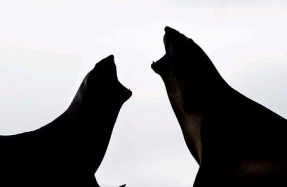
In the early days of photography, the only way to shoot a colour photograph was by making three separate exposures on monochrome glass plates through three filters – red, green and blue – then to use various devices for combining the images for viewing. The holy grail was to find a way of inserting a glass plate, or a roll of film, into any camera to produce a colour picture with a single exposure.
Many methods were tried, the most notable being the French autochrome process, which shot a colour picture on a single glass plate as early as 1907. In the late 1920s and early 1930s, Kodak in America and Agfa in Germany experimented with lenticular film that had tiny lenses embossed into it, through which the exposure was made, the image later projected though filters containing stripes of red, green and blue. It was 1935 before colour film for use in just about any camera became truly viable. Beating both Agfa and Kodak by






